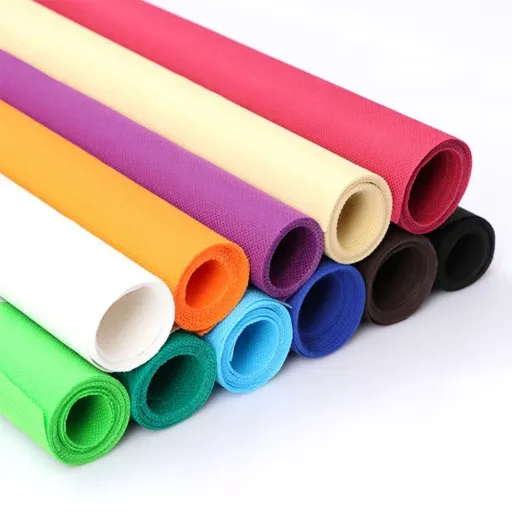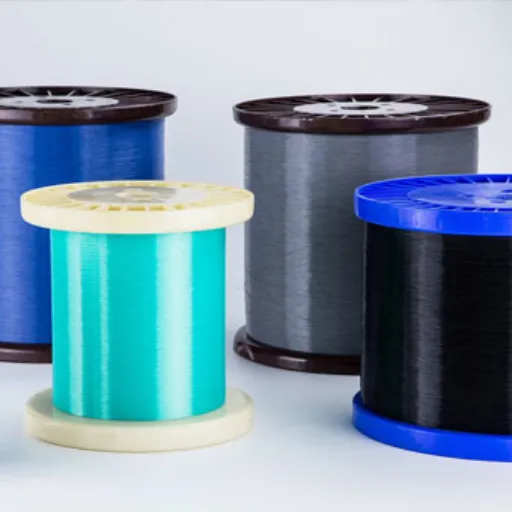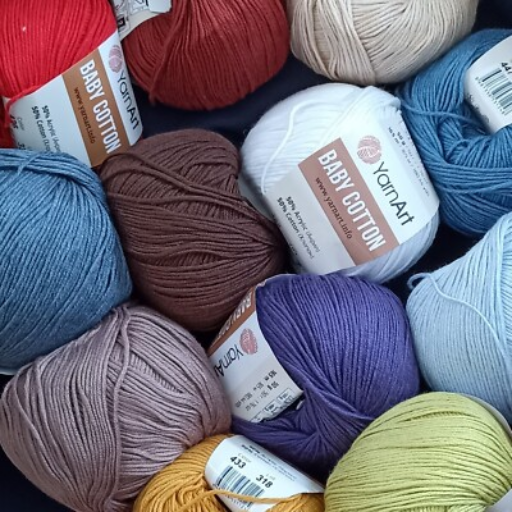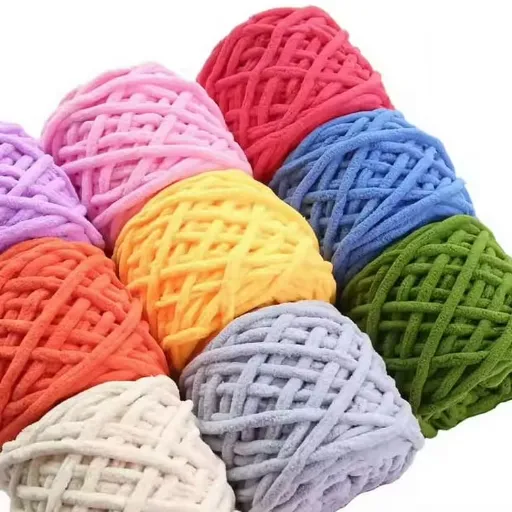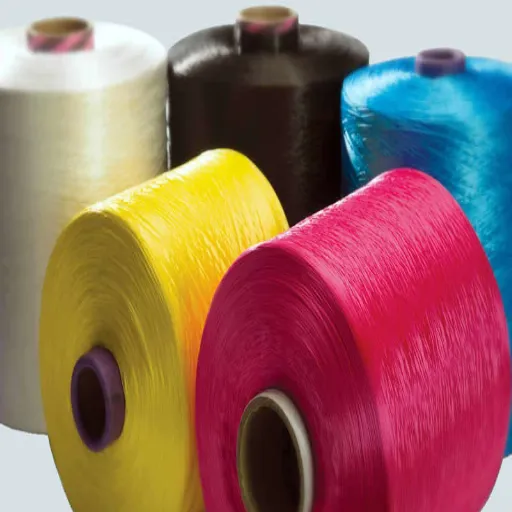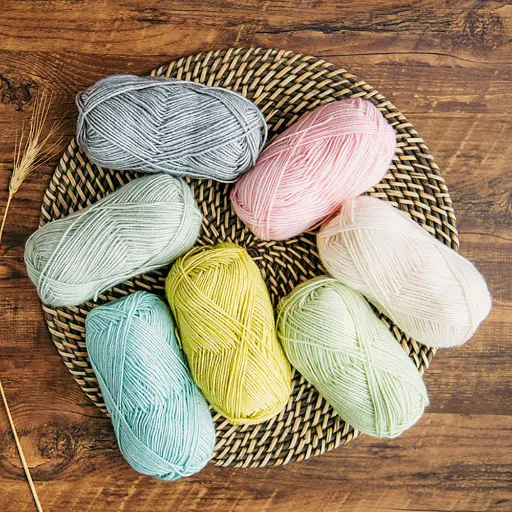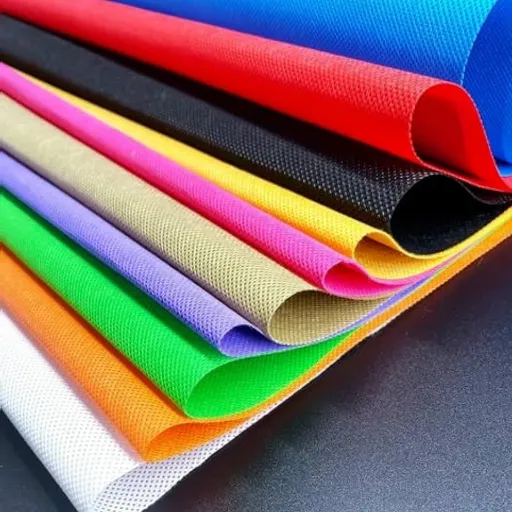Polyester is one of the most widely used fabrics, from fashion to various industrial applications. However, the dyeing process cannot be called simple, despite its high popularity. Hydrophobicity distinguishes polyester dyeing from others, necessitating advanced techniques and innovative solutions to achieve vibrant, permanent colors. This blog explores the complexities of polyester dyeing, the challenges faced by manufacturers, and a few of the truly revolutionary advances now laying a new path for the future of the industry. The article will unravel the science, innovation, and effort behind mastering the dyeing of polyester, all for the benefit of textile enthusiasts and those simply curious about what actually goes into their favorite outfits.
Understanding Polyester and Its Dyeing Challenges
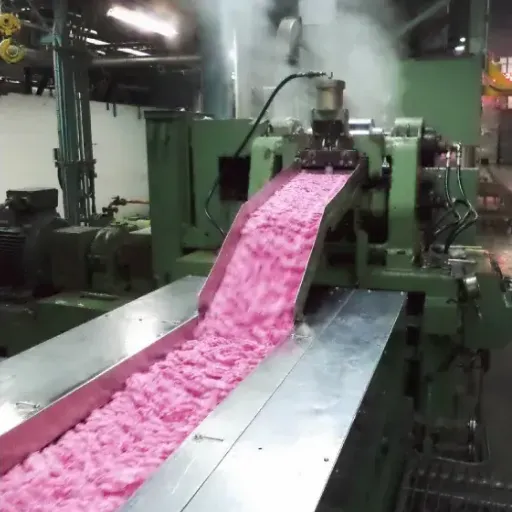
Polyester is a synthetic fiber known for its strength, durability, and resistance to shrinkage and stretching. But because polyester is hydrophobic by nature and has a tightly packed molecular structure, the penetration of water-based dyes is resisted. To accomplish the task, manufacturers typically apply disperse dyes, which, when combined with high heat or a chemical carrier, effectively bind the color to the fiber. These techniques promise bright hues and lasting residues but must be administered very carefully with corresponding processes to procure consistent quality.
Why Is Polyester Dyeing Unique?
Polyester dyeing is unique because it requires different methods from dyeing natural fibers, such as cotton or wool. Natural fibers are typically treated with water-based dyes, but because synthetic fibers like polyester have hydrophobic properties and a tight molecular structure, these dyes do not work effectively. Unlike natural fibers, polyester is a synthetic material composed of petroleum-based polymers. Hence, one must opt for dispersed dyes specifically designed to penetrate these synthetic polyester fibers. The procedure usually requires the application of heat or pressure to open up the fibers of the material, that is, at the molecular level, where the dye bonds with them. Recent dyeing techniques, as highlighted by extensive search engine data, are primarily focused on making the process both efficient and sustainable, utilizing less water and energy. This ensures that the entire process is efficient and addresses environmental concerns associated with traditional dyeing methods.
Common Challenges in Dyeing Polyester
The hydrophobic nature of polyester and its tightly packed molecular arrangement impose several obstacles to dyeing processes, thereby resisting the penetration of water-based dyes. Recent data from engine searches also indicate that elevated temperatures and specific dispersing dyes are required to color polyester properly. This raises energy consumption and operational costs, thereby becoming an issue for both producers and the environment. Even uniform dyeing is hard to achieve, which can lead to inconsistencies in the final product when dealing with polyester blends; hence, a set of remedies is needed. This implies the advanced formulation of dyes and energy-saving machinery, both of which can assure efficient results while having a low environmental impact.
The Polyester Dyeing Process: Step-by-Step
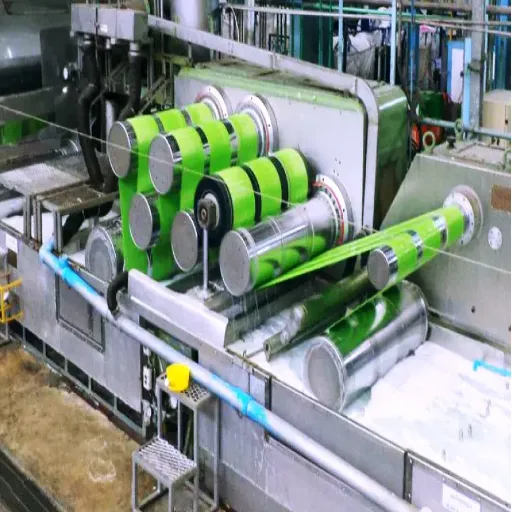
-
1
Preparation of Fabric
The polyester fabric must be thoroughly cleaned to remove any dirt or residues that could interfere with the dyeing process.
-
2
Selection of Dye and Auxiliary Chemicals
Dispersed dyes are primarily suitable for polyester, and any auxiliaries are selected to promote the intensity of the dye.
-
3
Loading the Fabric into the Dyeing Machine
The open fabric is loaded into the dyeing machine, usually a carrier or jet-type, carefully to ensure uniform exposure.
-
4
Heating and Dye Dispersion
Water and dye are added to the machine, and the temperature is gradually raised to approximately 120-130°C to facilitate the proper penetration of the dye into the fiber.
-
5
Color Fixation
At the desired temperature, the fabric is held for a predetermined time, during which the dye molecules bond with the polyester fiber.
-
6
Cooling and Rinsing
Gradual cooling follows, accompanied by thorough rinsing of the dyed fabric to remove excess dye and chemicals.
-
7
Drying
The fabric is then dried using industrial drying equipment to complete the process and prepare it for further use or textile production.
Preparation for Dyeing Polyester Fabric
The preparation step is crucial to ensure the best possible results. Being synthetic in nature, polyester requires a specific pre-treatment to ensure even and durable color absorption. Here are basic steps and tips commonly asked about when dyeing polyester:
Pre-Cleaning the Fabric
Polyester fabrics should be thoroughly cleaned to remove oils, dust, or any other residue that may prevent correct dye penetration. Typically, a mild detergent and warm water are sufficient for the cleaning process.
Choosing the Right Dye
Not all dyes are suitable for synthetic materials, such as polyester. It is recommended to use disperse dyes that have been formulated for polyester fibers. These dyes hold very well at high temperatures, which are sufficient to achieve good color and permanence.
Hot Water and Heat Consideration
To open the fibers of polyester and dye it, the temperature needs to be consistently higher, typically ranging from 200°F to 280°F (93°C to 137°C). A dyeing machine or a regular stovetop dye bath can be used to develop such temperature conditions.
Avoiding Uneven Dyes
Continuous stirring during the arrival helps prevent patches or streaks, resulting in more even dyeing. For larger batch loads, this consistency is typically provided automatically by industrial dyeing machines.
Post-Dyeing Treatment and Quality Assurance
From post-dyeing treatment through finishing, every step is essential for realizing fabric quality and durability. Typically, the entire process begins with rinsing any residual dye or chemicals from the fabric to prevent color bleeding or fading later. The fabric is then softened or mechanically treated, which improves its texture and hand feel, thus making it suitable for further usage.
Quality assurance testing is applied to dyed fabric to ensure that it complies with industrial standards. This typically involves conducting tests of colorfastness under various conditions, including washing, exposure to sunlight, or rubbing. Sophisticated spectrophotometers are used to gauge color differences within the batch. Along with modern data analytics and automation trends, these approaches facilitate manufacturers to achieve lean operations without compromising on product quality.
Advancements in Polyester Dyeing Technology
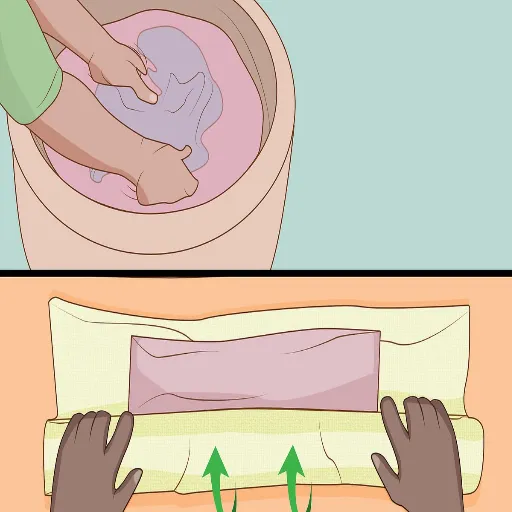
In recent years, several developments have emphasized efficiency, sustainability, and color quality. Waterless dyeing techniques, such as supercritical CO₂ dyeing, minimize water usage and reduce environmental impacts. More energy-efficient dyeing machines have also been developed to minimize energy consumption during the dyeing process. More advanced dye formulations enable the dye to penetrate deeper and exhibit greater fastness, thereby conferring durability and consistency to the product. These developments have been undertaken to meet the demands of eco-friendly and performance industries without compromising on Quality.
Innovative Waterless Dyeing Methods
Waterless dyeing methods provide a revolutionary solution to the persistent environmental problems associated with traditional dyeing setups. Through processes of alternative dyeing, such as those that utilize supercritical CO₂, these mechanisms have introduced the concept of waterless dyeing, achieved by pressurized carbon dioxide. This procedure helps conserve a vital resource and prevents large volumes of wastewater and rain pollutants from entering the environment. New research studies and industry reports suggest that waterless dye technologies can reduce water consumption by as much as 100%, with colors that are equally vibrant and nearly permanent. In turn, the general increase in operating efficiency and precision of machines has helped make these approaches more scalable and adopted by hundreds of manufacturers worldwide, thereby transforming the textile industry towards a more sustainable future.
Eco-Friendly Solutions in Dyeing Polyester
It continues to evolve with the advancement of technologies and the environmental demands of dyeing polyester through various green technology applications. One of the developments in these technologies is the use of supercritical CO₂ for waterless dyeing, which consequently minimizes the use of water and the generation of wastewater and chemicals. In this process, carbon dioxide under pressure acts as a solvent to carry and infuse dye into the polyester fibers at very high efficiencies. Industry sources report that supercritical CO₂ dyeing reduces energy consumption by up to 40% compared to conventional methods, making it both more cost-effective and environmentally friendly.
In another technique, recycled polyester is utilized, which reduces plastic waste and complements sustainable dyeing technologies to produce a circular solution to the problem. This approach reduces dependency on virgin raw materials. Environmental reports have claimed that the overall carbon footprint of polyester produced with recycled fibers and eco-friendly dyeing techniques can be decreased by more than 30%. These innovative approaches are transforming the vision of textile production, making sustainability viable and paving the way for mass-level industry adoption.
Benefits of Innovative Dyeing Techniques for Manufacturers
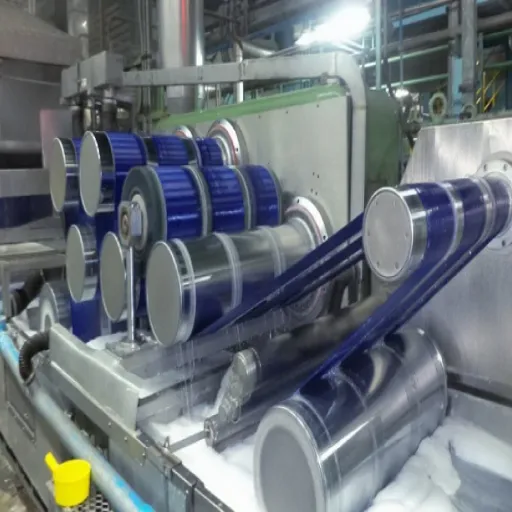
Some new dyeing techniques offer significant benefits to the manufacturers. Let us assess these advantages:
Cost Efficiency
These methods reduce water, energy, and chemical usage, thereby contributing to lower operational costs.
Environmental Compliance
Using eco-friendly methods ensures adherence to stringent environmental laws, thereby avoiding penalties and maintaining a positive public image.
Improved Product Quality
Such techniques may offer colors with better vibrancy, durability, and texture that meet the higher expectations of consumers.
Market Competitiveness
Manufacturers that use sustainable methods can appeal to environmentally conscious customers, thereby gaining a market edge.
Cost Savings through Advancements
New and improved methods will make textile dyeing more sustainable and cheaper for manufacturers. This also means they conserve water and energy, thereby lowering their production costs while meeting stringent environmental requirements. Furthermore, emerging technologies such as digital printing and waterless dyeing do not require additional chemicals and raw materials, thereby preventing unnecessary waste and associated costs. Savings from these efforts, combined with improvements in production processes, raise their income levels. On the other hand, these efforts promise to usher the textile industry into a greener and more sustainable future.
Improved Product Quality with New Technologies
The advancements in technology have revolutionized product quality in the textile industry. Through innovative techniques such as automated precision weaving and 3D knitting, manufacturers can ensure greater accuracy and consistency in fabric production, thereby reducing defects and increasing durability. Smart textiles embedded with sensors and machine-responsive materials offer additional functionalities, such as heating or cooling, as well as the monitoring of health parameters, catering to the intelligent and multifunctional products that consumers demand. These technologies, combined with continuous data collection and analysis, enable manufacturers to anticipate trends and optimize designs to produce better products that align with evolving consumer preferences.
Future Trends in Polyester Dyeing
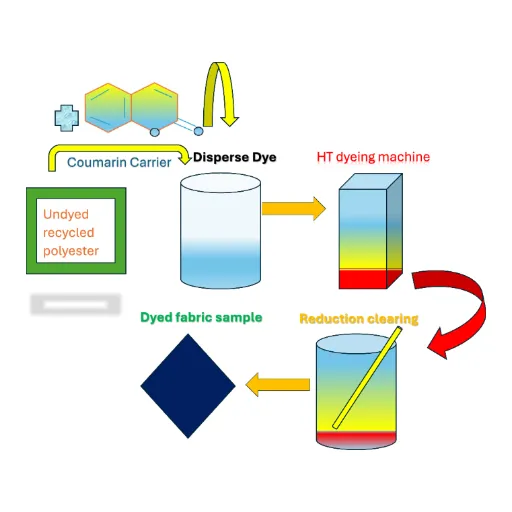
The future of polyester dyeing is shifting toward more sustainable and efficient methods. Waterless methods, such as supercritical CO₂ dyeing, consume less water and market themselves as environmentally friendly. Moreover, the use of bio-based dyes and digital dyeing technologies is gaining popularity, allowing for the precise application of exact colors with minimal waste. Manufacturers are prioritizing energy efficiency while also exploring circular mechanisms, such as recycling dyed polyester, in pursuit of global sustainability goals. In fact, these developments tend to strike a balance between performance and good environmental credentials, while also meeting consumer demand for green textiles.
Digital Dyeing Technologies
Digital dyeing technologies are transforming the textile industry by introducing precision, efficiency, and sustainability into their processes. Instead of dyeing processes that are water, energy, and chemical-intensive, digital dyeing comprises machinery that uses which color is directly applied onto the fabric with great accuracy. This level of accuracy is capable of reducing waste and thus decreasing the environmental impact of textile production. Coupled with the demand for increased customization, digital dyeing enables manufacturers to produce sophisticated designs and patterns in brilliant colors tailored to individual customer requirements. Hence, this technology is proving to be a significant solution for integrating the industry to meet today’s sustainability requirements while responding to changing market conditions.
Intelligent Textiles and Dyeing Innovations
Dyeing and smart textiles instill great promise for future developments in the industry. I believe these technologies, like color-changing fabrics and conductive materials, owe their viability to the marriage of function and sustainability. By incorporating futuristic science into the creative design equation, these technologies pave the way for more efficient and environmentally friendly production.
Reference Sources
Below are five credible and scholarly materials covering aspects of the polyester dyeing process, which can be used for fact-checking purposes of your text:
An Economical Dyeing Process for Cotton, Polyester, and Blends
This paper, published by North Carolina State University, explores the eco-friendly coloring of polyester and its fiber blends.
Dyeing of Polyester and Its Blends
This technical document explains issues related to the dying of polyester and its blends, as well as the principles of such application.
Enhancement of Polyester Dyeing Performance Integrating Sodium Citrate
The following report describes the application of sodium citrate to enhance the diffusion of colors during the dyeing of polyesters.
Improvement of Polyester Dyeing at Low Temperature
This progress deals with a thermosol coloration method and some of the consequences of dyeing polyester fibers.
Aqueous Processes for Dyeing Generic, Unmodified Polyester
This paper discusses the disperse dyeing process of polyester at high temperatures.
Frequently Asked Questions (FAQs)
What is the polyester dyeing process?
The polyester dyeing process involves using synthetic dyes, such as Rit Dye or DyeMore, to achieve vibrant color on polyester fabrics. Polyester, being a synthetic fabric, requires specific dyeing techniques to ensure proper dye absorption and even coloration. The process typically requires maintaining a higher temperature and using disperse dyes, which are specially formulated for synthetic fibers.
Can I dye polyester fabric at home?
Yes, you can dye polyester fabric at home. To do so, you need to use dyes designed explicitly for synthetic fabrics, such as Rit DyeMore or disperse dyes. It’s essential to follow the instructions carefully and ensure that the fabric is fully submerged in the dye bath for even dye uptake and saturation.
How do I achieve the desired color on polyester?
To achieve the desired color on polyester, it’s essential to use the right dye and maintain the dyeing temperature. Heat the water to the recommended °C and ensure the dye is fully dissolved before adding the fabric. Pre-washing the polyester item helps remove any finishes that may hinder dye adhesion, leading to deeper and more vibrant colors.
What is dye absorption in polyester?
Dye absorption in polyester refers to the ability of the fabric to take in dye during the dyeing process. Since polyester is hydrophobic, it doesn’t absorb water easily, which can make dyeing difficult. Using a dye carrier or surfactant can enhance dye uptake, enabling synthetic fibers to more effectively absorb the dye and achieve a longer-lasting color.
Do I need to rinse the fabric after dyeing?
Yes, it is crucial to rinse the fabric thoroughly after dyeing. Rinse the fabric in cold water until the water runs clear, removing any excess dye. This helps to ensure wash fastness and prevents the color from bleeding in future washes.
What should I do if the dye color is uneven?
If the dye color is uneven, it may be due to insufficient dye uptake or improper dyeing technique. Ensure that the fabric is fully submerged and the dye solution is mixed well. Additionally, dyeing at a higher temperature can help achieve an even distribution of the color on polyester.
Is it difficult to dye polyester?
Dyeing polyester can be challenging because it is a synthetic fabric that does not absorb dye as easily as natural fibers. However, with the proper methods, such as using disperse dyes and maintaining high temperatures, you can achieve great results. By learning how to dye polyester properly, you can create beautiful, custom-colored items.
Can I use a washing machine to dye polyester?
Yes, you can use a washing machine to dye polyester, making the process easier and more efficient. Be sure to use the hottest water setting suitable for your fabric and follow the dye manufacturer’s instructions. Using a washing machine can help achieve even coloration and simplify the rinsing process after dyeing.
What are the best dyes for polyester?
The best dyes for polyester are disperse dyes, which are specifically formulated to bond with synthetic fibers. Brands like Rit Dye and DyeMore offer products designed for dyeing polyester effectively. These dyes ensure better adhesion and color saturation, resulting in more vibrant and lasting effects on your dyed polyester items.









